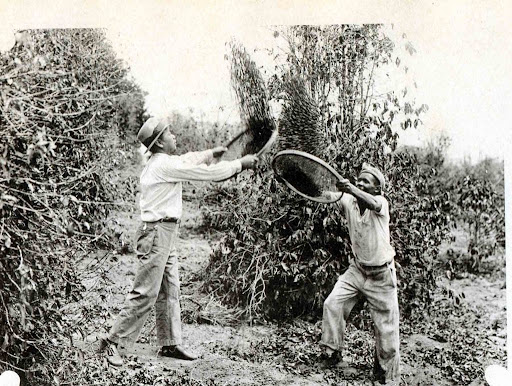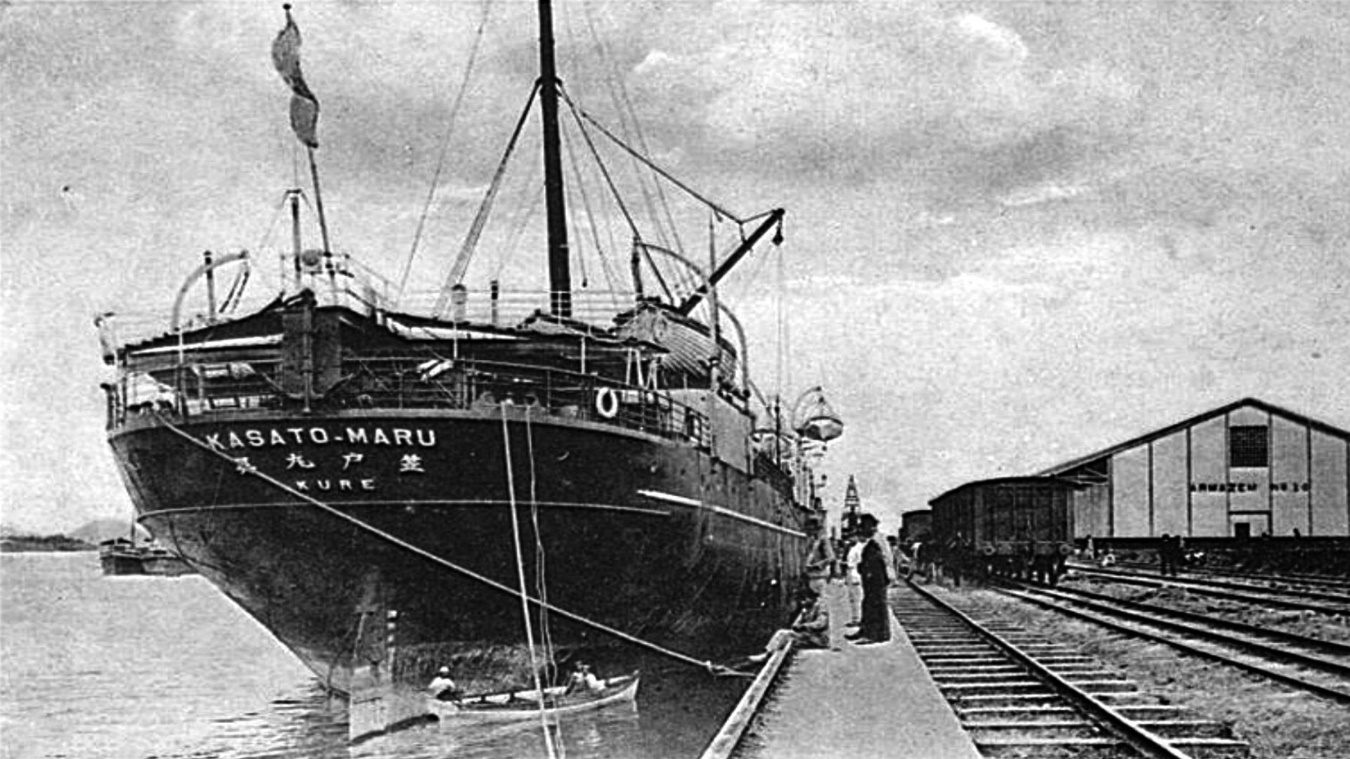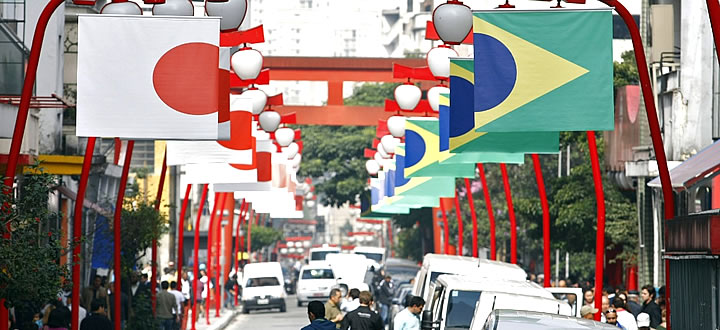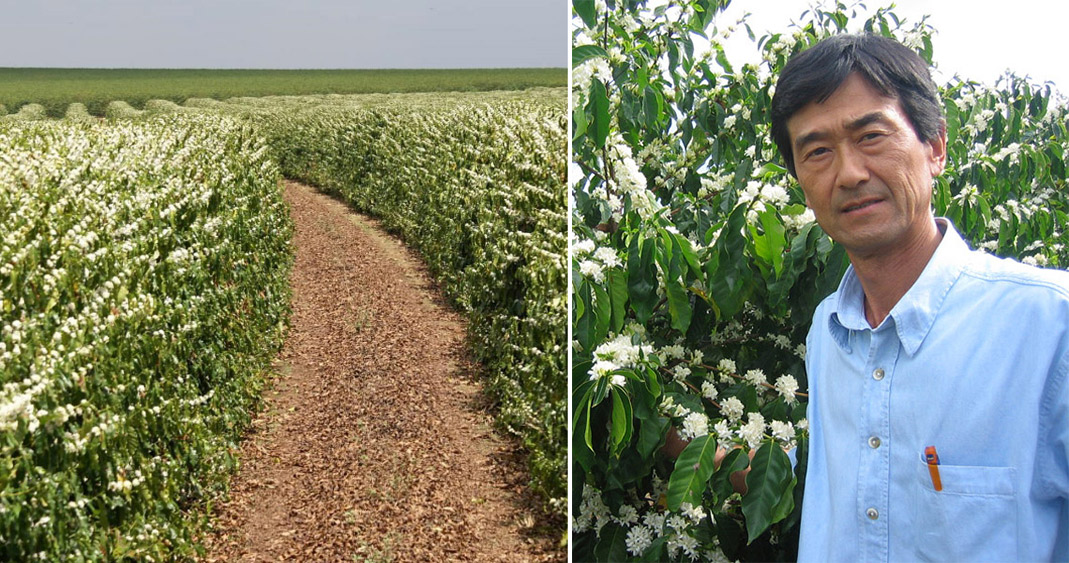A Japanese-Brazilian is Brazilian citizen with Japanese ascendants. The use of the term Nikkei is currently used to name the Japanese and their descendants.
The Japanese-Brazilian population are divided into:
- Isseis (Japanese first generation, born in Japan) 12.51%;
- Nisseis (children of Japanese) 30.85%;
- Sansei (grandchildren of Japanese) 41.33%;
- Yonseis (great-grandchildren of Japanese) make up 12.95%
Japanese immigration to Brazil officially began on June 18, 1908, when the ship Kasato Maru arrived in Sao Paulo, bringing 781 farmers to the country-side of São Paulo. The flow ceased almost entirely in the late 1950s, with nearly 200,000 Japanese settled in the country.
Reasons for immigration

In the late 19th century, Japan suffered a demographic crisis. The end of feudalism gave room for the mechanized agriculture. Poverty swept through the countryside and the cities became saturated. Employment opportunities became increasingly scarce, forming a mass of rural workers in state of misery. In Brazil, on the other hand, there was at that time a labor shortage in the rural area. And in 1902, the Italian government had banned subsidized immigration from Italians to Sao Paulo (the largest number of immigrants to Brazil at that time were the Italian).
The Kasato Maru

Kasato Maru is officially considered by historiography the first ship to bring to Brazil Japanese immigrants. On June 18, 1908, it arrived at the Port of Santos bringing 165 families who came to work in the coffee plantations of the west of São Paulo.
In the first seven years, there were 3,434 families (14,983 people). And with the beginning of World War I (1914), immigration grew: between 1917 and 1940, 164,000 Japanese arrived in Brazil. 75% went to São Paulo, which was then the state that concentrated most of the coffee plantations.
By the end of World War I, the flow of Japanese immigrants to Brazil grew enormously. The Japanese government encouraged the Japanese to go to Brazil as the countryside and Japanese cities were overcrowded, causing poverty and unemployment. The government also wanted the expansion of the Japanese ethnic group to other places of the world and making sure also that the Japanese culture was present in the Americas, beginning with Brazil.
Many of these immigrants arrived in the 1920s and 1930s. But they were no longer limited to coffee plantations, cultivating also strawberries, tea, and rice in Brazil.
Nowadays

Currently, there are 1.5 million Japanese and descendants in Brazil, 80% in the state of São Paulo and the majority in the capital (326,000 according to the 1988 census). From most of the Japanese community in Brazil, 90% live in cities. The “Liberdade” neighborhood, in the center of the capital of São Paulo, represents the landmark of the Japanese presence in the city. Other important locations with high concentration of Japanese presence in Brazil are Paraná, Mato Grosso do Sul and Pará, making Brazil the home of the largest Japanese population outside of Japan.
José Hiroiti Okuyama
Jose Hiroiti Okuyama’s history with coffee started from childhood. His parents had a small property, which planted coffee in the mold of subsistence agriculture. In 1974, through a pioneering program between government spheres and the defunct Cooperativa Agrícola de Cotia, he acquired my first property where he started growing coffee, whose management was totally traditional, facing several challenges, among them the lack of adequate technology for planting in the country. Cerrado, which still lacked consolidated studies of the most suitable crops for the type of soil. After more than 40 years of the program, business has prospered and multiplied in the acquisition of other properties, which today are part of the partnership with Nucoffee. Since 2003, where he participated in the first quality contest, he had many positive experiences, such as awards and recognition achieved for all our dedication and focus on the production of quality coffees.

Tomio Fukuda
The Baú farm was founded in 1984 by Mr. Tomio Fukuda, son of Japanese immigrants and born in Sertaneja, northern Paraná. With the desire to become a farmer, Tomio Fukuda accompanied by his wife Celia Fukuda moved to the countryside, left the state of São Paulo where they lived, and arrived in the region of Lagoa Formosa. Mr. Tomio Fukuda chose the cerrado region of Minas Gerais to start his coffee production. Fazenda Baú has been dedicated to the production of specialty coffees, through a lot of dedication and commitment.

https://www.ndl.go.jp/brasil/e/column/coffee.html



